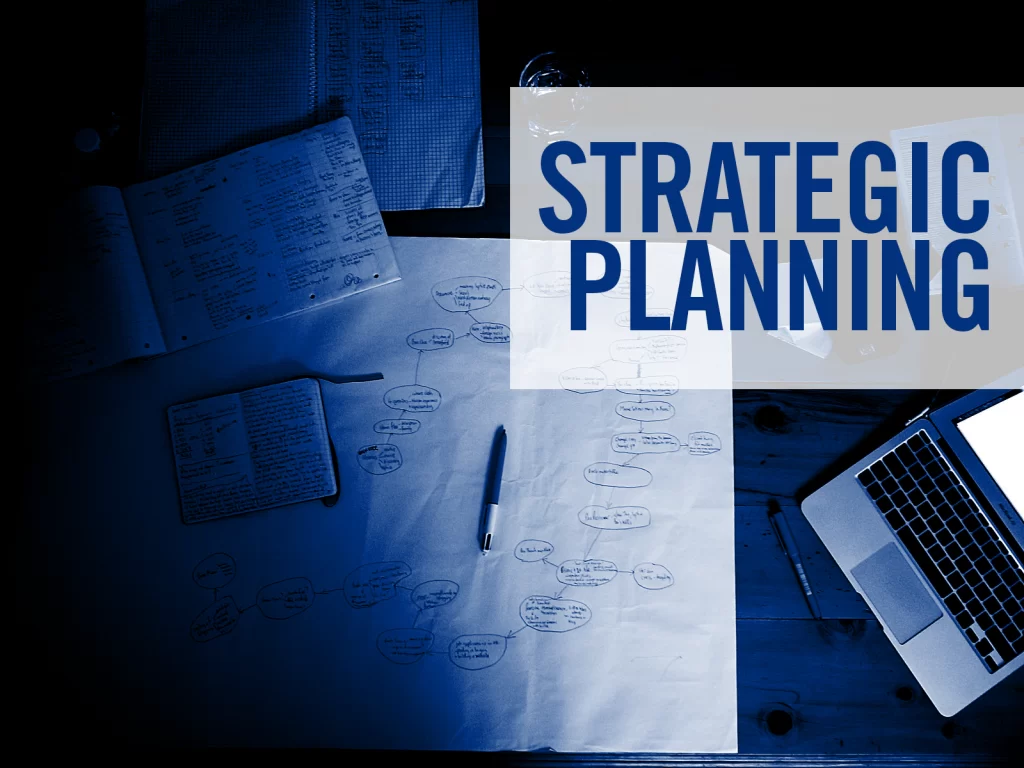Strategic Planning: The 5 Steps to Unlocking Success.
Introduction
Organizations use the fundamental process of strategic planning to establish goals, specify strategies, and map out a course for long-term success. Aligning resources, abilities, and actions with the organization’s vision and mission involves a methodical approach. In this article, we will examine the five crucial steps in strategic planning, highlighting the tools used. We will also outline the process, give examples of strategic planning, talk about various types of strategic planning. As well as investigating the use of strategic planning PPT presentations.
1- Environmental analysis
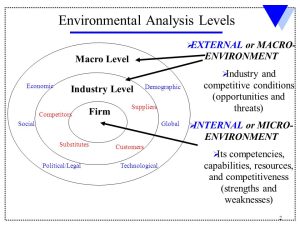
A thorough environmental analysis is the first step in strategic planning. As such, this entails looking at both internal and external factors that could affect the operation and success of the organization in the future. While external factors cover market trends, competition, technological advances, and regulatory changes, internal factors cover strengths, weaknesses, resources, and capabilities. SWOT (Strengths, Weaknesses, Opportunities, and Threats) and PESTEL (Political, Economic, Social, Technological, Environmental, and Legal) analyses are common tools used in this step.
Example: An illustration of this would be a retail business that analyses its environment to spot new market trends, like a shift in consumer preferences toward online shopping. Consequently, this realization motivates the business to create an e-commerce strategy in order to maintain its competitiveness and snag the expanding online market segment.
2- Development of the vision and mission
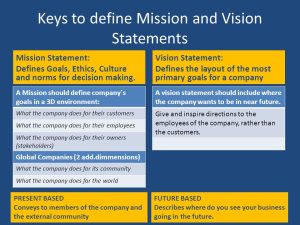
Determining the organization’s vision and mission is the second step. The organization’s ultimate objective is represented by the vision, which serves as a representation of the desired future state. The organization’s mission outlines its goals, core principles, and benefits to its stakeholders. Establishing a clear vision and mission statement for the organization sets its course and offers a framework for making decisions.
Example: An educational institution, for instance, sets a goal to become a leader in offering high-quality education on a global scale. Its mission centers on creating an environment conducive to learning, developing students’ potential, and raising responsible global citizens.
3- Set objectives and goals
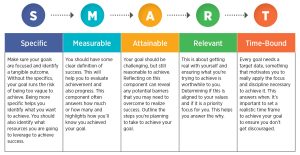
Setting precise objectives and goals that support the organization’s strategic direction is the next step after the vision and mission have been established. Additionally, goals are specific, measurable targets that help an organization achieve its objectives while objectives are broad statements outlining desired outcomes. Subsequently, clarity and accountability in goal attainment are ensured by the use of SMART goals. These are (Specific, Measurable, Achievable, Relevant, and Time-bound).
Example: A technology company, for instance, sets a goal to increase its market share in the smartphone sector. It establishes a SMART objective of gaining 15% of the market within the next two years by introducing cutting-edge products, extending distribution, and boosting customer satisfaction.
4- Creating and implementing a strategy
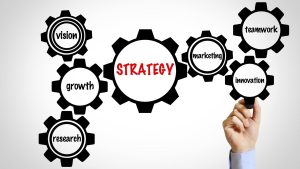
Organizations create strategies in the fourth step to accomplish their goals and objectives. This entails looking at the strategic options that are open, determining whether they are feasible, and deciding which course of action is best. Market expansion, product diversification, increased operational effectiveness, strategic alliances, and other initiatives are all examples of strategies. An implementation plan with specific action steps, responsibilities, and timelines is created after the strategies are defined.
Example: An airline company, for instance, decides to develop a strategy to set itself apart in the market by offering exceptional customer service. To provide a better travel experience and foster customer loyalty, it introduces a customer loyalty program, improves in-flight amenities, and implements a thorough training program for its staff.
5- Evaluate, Monitor, and Adjust
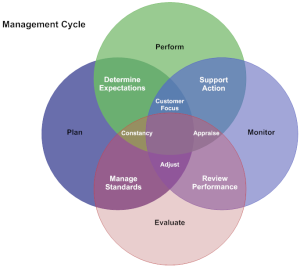
Establishing a system for tracking and assessing how strategies are being applied and the results is the last step in strategic planning. Regular performance reviews make it easier to spot any shortcomings, difficulties, or potential improvement areas. The evaluation can be used to modify the strategic plan in order to maintain its efficacy and relevance. By taking this action, you can be sure that the organization will continue to be adaptable and responsive to changes in the internal and external environment.
Example: A nonprofit organization, for instance, keeps tabs on donation levels, measures the effect of funds on its programs, and assesses the efficiency of various fundraising techniques to determine the success of its fundraising campaign. The organization modifies its fundraising strategies in response to the evaluation to increase donations and hit its financial goals.
Conclusion.
In conclusion, a dynamic process called strategic planning helps organizations get to the future state they want. Organizations can successfully navigate the complex business landscape, seize opportunities, and reduce risks by adhering to the five fundamental steps of strategic planning. The strategic planning process is improved by using tools like goal-setting frameworks and environmental analysis methods. Examples of strategic planning in action show how businesses can successfully use it to accomplish their goals and keep a competitive edge. PPT presentations for strategic planning can help to further improve internal communication and alignment within the company, ensuring that the strategic plan is effectively communicated to and understood by stakeholders. Organizations that have a clear strategic plan in place are better able to adjust to changes, seize new opportunities, and succeed in a constantly changing business environment.

